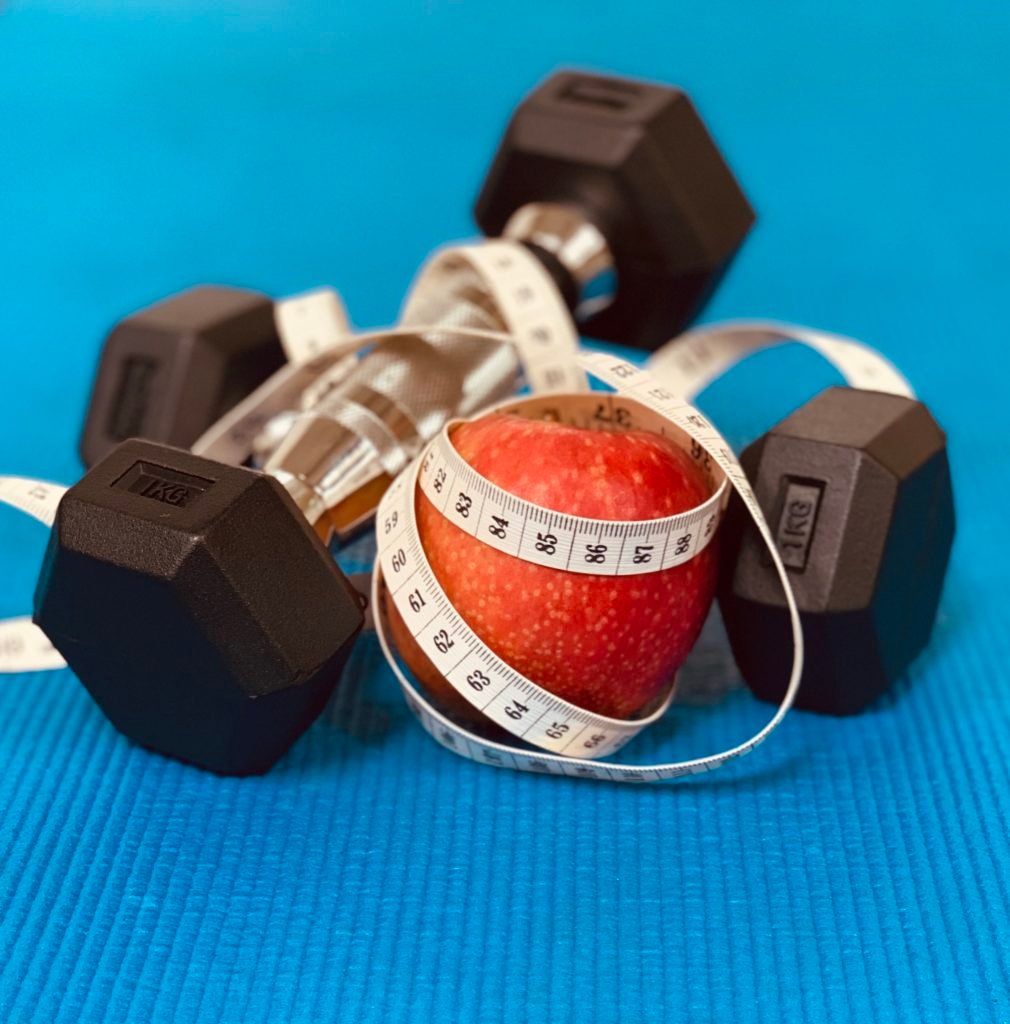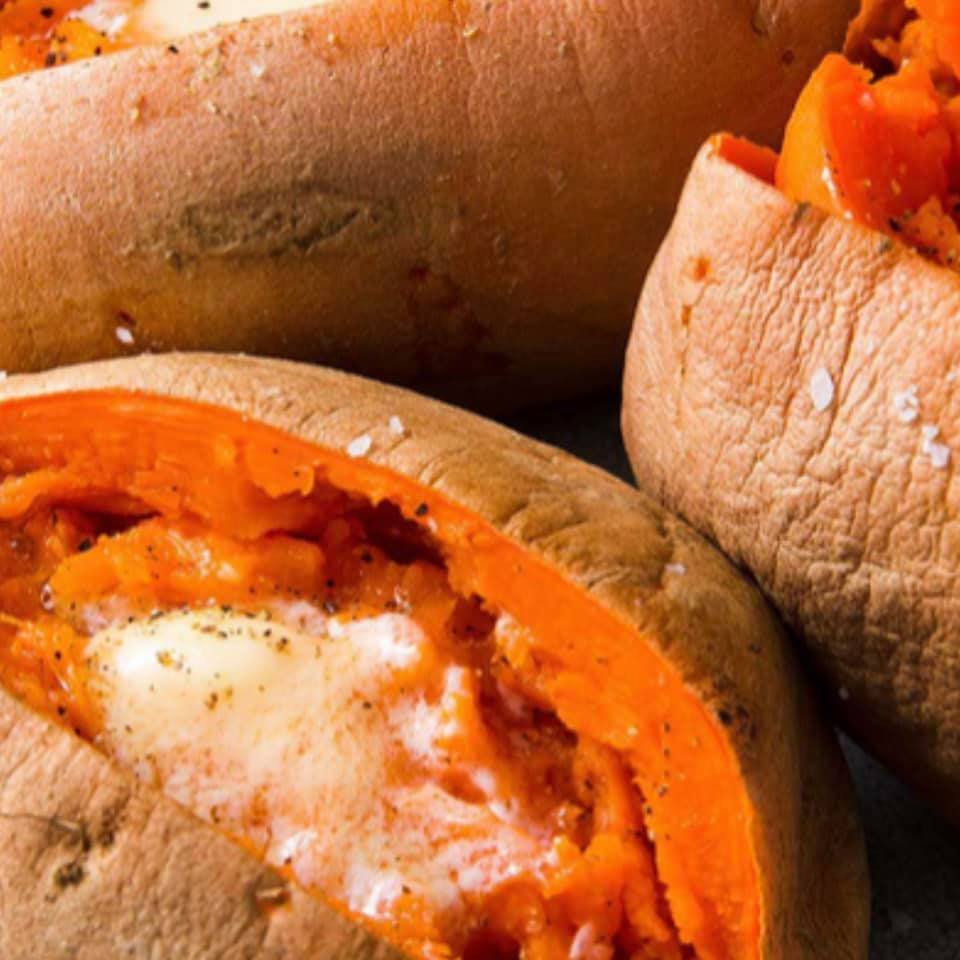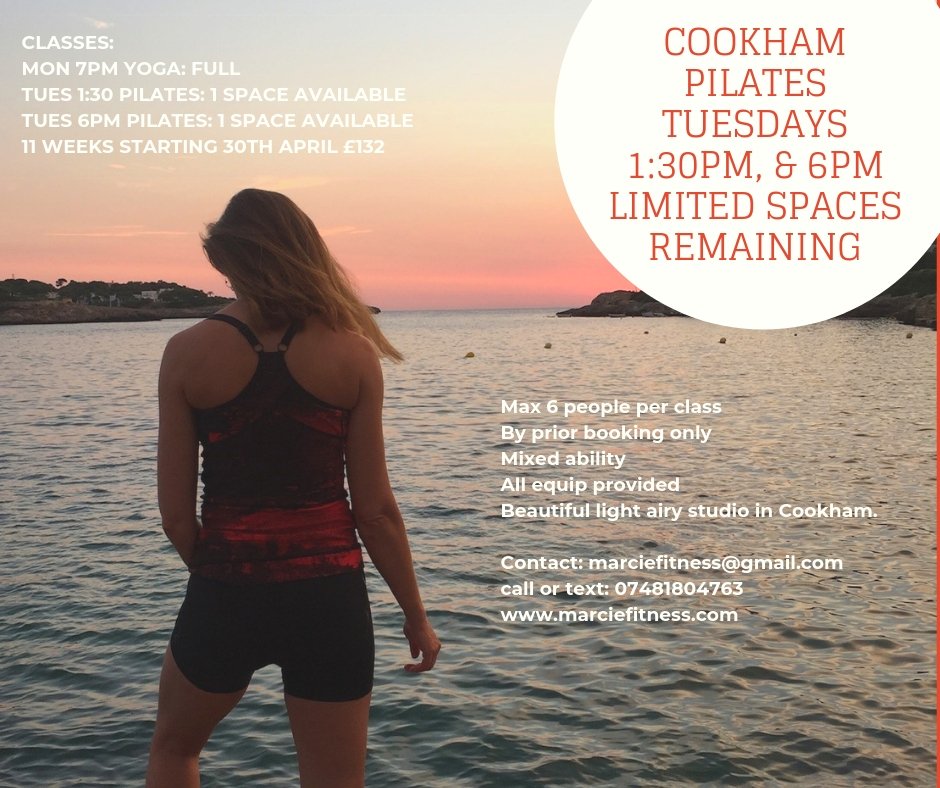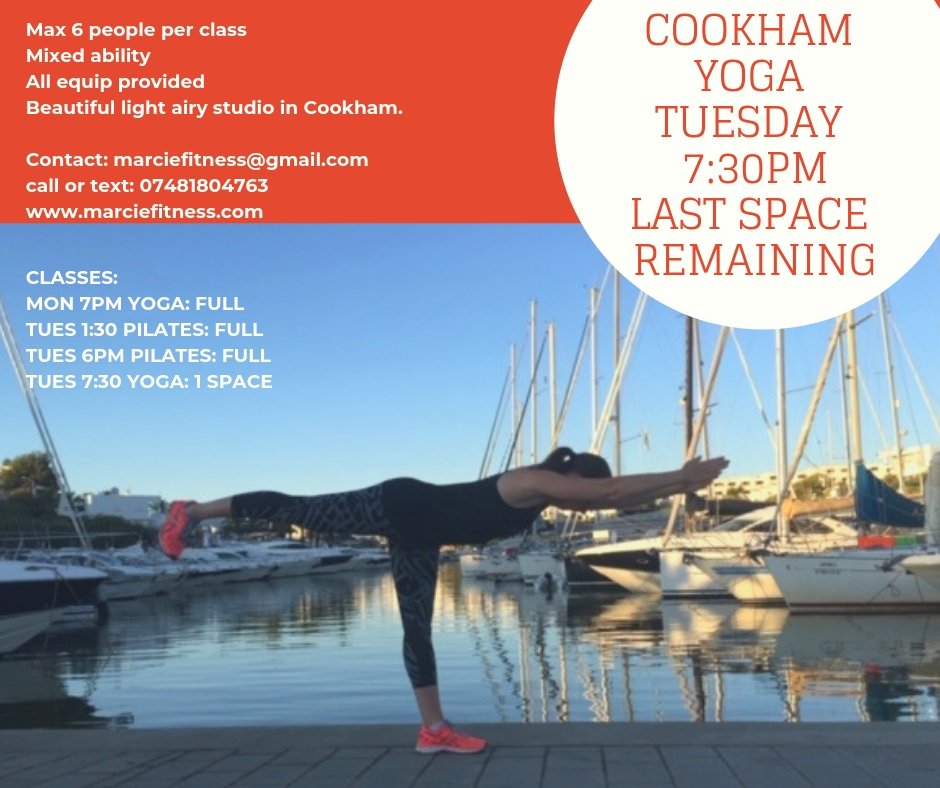
Have you plateaued on your weight loss and fitness goals despite cutting calories and endlessly weighing out foods and counting calories whilst pounding the treadmill?
Perhaps a closer look at the types of foods you are eating and a new exercise regime is your next step.
According to expert Shawn M. Talbott, PhD, nutritional biochemist and former director of the University of Utah Nutrition Clinic “As a rule of thumb, weight loss is generally 75 percent diet and 25 percent exercise. An analysis of more than 700 weight loss studies found that people see the biggest short-term results when they eat smart.”
With food quantity and type being such an important part of weight loss or weight management I was interested to read a recent article from the BBC about a study on the effects of processed food versus a non-processed food diet.
In summary:
Twenty people gave up a month of their time to live in a laboratory.
For a fortnight they were given either ultra-processed meals or unprocessed ones and then the diets were switched for the second half of the study.
The participants were allowed to eat as much as they wanted and researchers closely monitored what passed their lips.
During their ultra-processed foods fortnight, the volunteers, on average, ate an extra 508 calories a day and put on 2 pounds.
The processed food group also had higher levels of the hunger hormone – ghrelin
The 2 pounds of gained weight would most likely be fat. Each pound of fat consists of 3500 kcal so an extra 500 kcal per day over 7 days or 1 week equates to a pound of fat and over 2 weeks- you guessed it – 2 pounds of fat just as experienced by the volunteers.
The meals were matched for sugar, other carbohydrate, fat and fibre content. That is a very interesting point don’t you think? The experts don’t understand the reasons behind the weight gain for the processed food group.
“I don’t eat much processed food” I hear you all shouting in unison!! The food consumed in this study was not the fast food burger and chips, pizza and chips that we instantly think of when we think “processed food” . Basically anything with more than 5 ingredients is a marker for a potential “processed food” – something which I’m sure we could all find in our cupboards if we looked! Looking at a loaf of bread from a supermarket marketed as “ancient grain”, “farmhouse” and “super seeded” (so seemingly quite healthy then) revealed no less than 28 ingredients
This study shows how complex our bodies are and how the quality of the fuel we put into it matters to hormone balance, body composition, weight and overall health.
Have you plateaued on your weight loss and fitness goals despite cutting calories and endlessly weighing out foods and counting calories whilst pounding the treadmill?
Perhaps a closer look at the types of foods you are eating and a new exercise regime is your next step.
With new personal training clients I offer a full diet review giving recommendations for diet improvements including food swaps. We then embark on a tailored fitness program after carrying out a full postural analysis identifying muscle imbalances, over-tight, overly dominant and/or weak muscle groups. You will build your cardiovascular fitness, overall strength and improve body composition, health and posture.
What are you waiting for? Get in touch today to start your road to meeting your goals and being the best version of you.
Read the BBC news article detailing the study by clicking this link.










